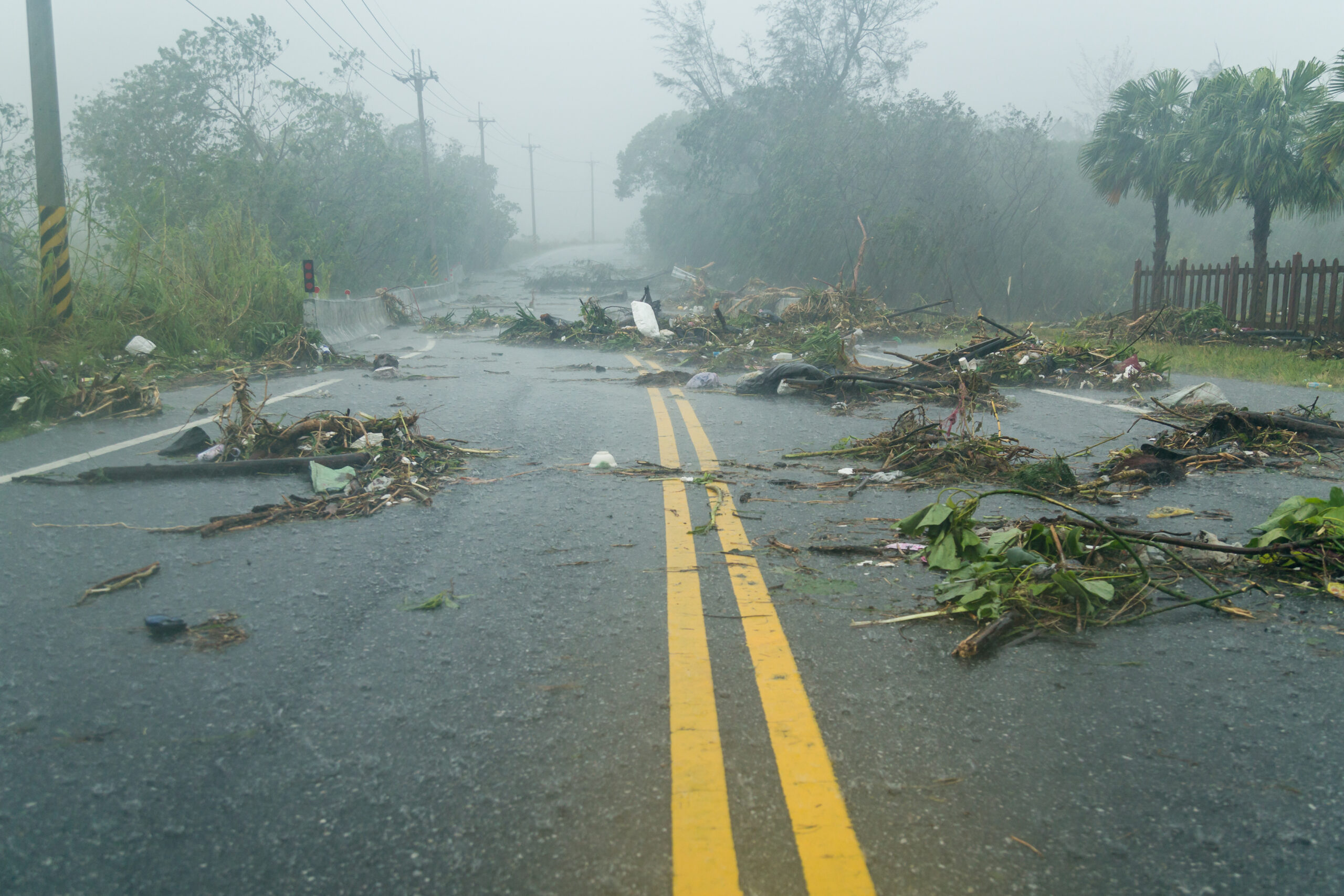No Wifi, No Smartphone = No Entry into Disaster Preparedness
How people prepare themselves and their health for disasters is not universal, and neither are the needs they may have after a disaster strikes. End stage renal disease patients preparing for a hurricane, for example, rely on dialysis treatment to survive and must work with their providers to get treatment before the storm hits. These different behaviors and needs generally exist because of socioeconomic inequities, often times exacerbated by injustices like racial discrimination. Our domestic poll shows another example of this in that Black and Hispanic people are less likely to keep cash on hand to prepare for emergencies, which is most likely due to structural issues leading to lower income levels in these groups.
These gaps in preparedness are divided by income level and race, as our annual poll underscores, but can be complicated by many other factors. We are not all starting the proverbial race at the same point. One disparity worth highlighting is how the increasing dependency of individual preparedness and recovery on technology access and familiarity can leave some communities behind. Those who already have a foot in the race have reliable internet access, own smartphones and personal computers, or are easily able to access Wi-Fi at cafes, universities, and nearby public libraries. Thus, an equity gap is created because of who has this type of access and who does not.
You might ask, how exactly is the disaster preparedness landscape changing into this tech-savvy-members only club? Here are three ways I have seen this disparity play out:
- The most up-to-date situational information is generally found online – The ability to track situational updates and local emergency announcements often depends on internet access and social media usage. Those with barriers to reliable internet access and those who do not frequent social media channels have fewer ways to get up-to-date information about emergencies and hazard events.
- You have to already know where to look for the right resources – Disaster preparedness resources are, increasingly, found exclusively online and – what’s more challenging – on sites with which the average person outside of the emergency management field may not be familiar. Unless you are already plugged into emergency management channels and following their efforts, you might have to do some digging to find the preparedness resources you need.
- We created Resource Ready this year to help people navigate the world of online disaster preparedness tools. It’s intended to help those who are starting out at square one, regardless of their level of knowledge about disaster preparedness. This is one step in the right direction, but we continue to work to help people who cannot get to a computer to use a tool like Resource Ready.
- Accessibility of critical mapping tools require reliable internet connection – For those trying to recover from a disaster, life-saving tools like shelter maps, transportation maps, even our own pharmacy status map, Rx Open, require internet access. Imagine the extra steps folks must take trying to quickly locate a nearby shelter, or a road clear of flooding, if they don’t have a smartphone or laptop handy.
Who, then, could be impacted by these barriers to preparedness?
- Low-income families who simply cannot afford smartphones and/or reliable home internet
- Seniors who may have less experience with navigating web resources, particularly social media
- People in rural areas with fewer options for public internet access (i.e. fewer libraries with public computers and Wi-Fi and fewer or limited open spaces like cafes with free Wi-Fi)
- Those facing housing insecurity without a consistent and/or safe home to establish their own internet access
Due to COVID-19, more resources have become entirely virtual due to social distancing requirements. With developments in this preparedness landscape now accelerating in this direction, it is more important than ever to talk about who is unable to access technology-based resources and identify alternative forms they could access. This is why we must always center equity in emergency management. The vast and complex factors at play, such as how technology access impacts disaster preparedness, change the way emergency management leaders must act and respond to disasters. We must always ask, who are we missing in our work and how can we adjust our approach to reach them?






